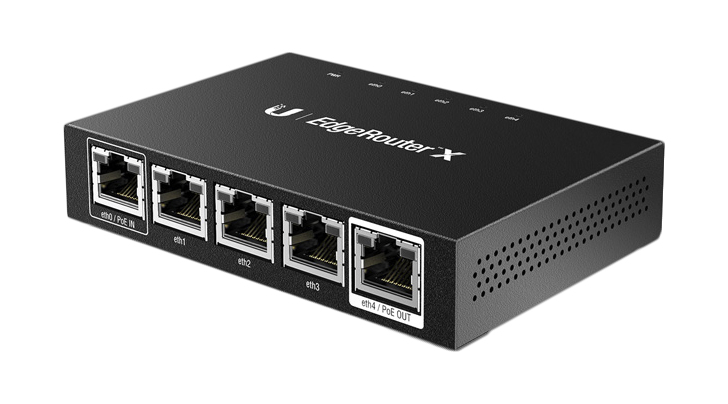In the ever-evolving landscape of networking technology, Power over Ethernet (PoE) switches have emerged as a game-changer, providing a seamless blend of power and data transmission. These switches have become a cornerstone for modern network infrastructures, offering simplicity, efficiency, and enhanced capabilities. In this blog post, we’ll delve into the world of PoE switches, exploring their features, applications, and the transformative impact they have on powering and connecting devices.
Understanding PoE Switches
What is Power over Ethernet (PoE)?
Power over Ethernet is a technology that enables the simultaneous transmission of power and data over an Ethernet cable. PoE eliminates the need for separate power cables, simplifying installations and providing flexibility in device placement. PoE switches are an integral part of this technology, serving as the central hubs that deliver both power and network connectivity.
Features of PoE Switches
- Dual Functionality: Power and Data Transmission
- PoE switches combine traditional data switching capabilities with the ability to deliver power to connected devices, such as IP cameras, VoIP phones, and wireless access points.
- Simplified Installations
- With PoE switches, there’s no need for separate power sources near each connected device. This simplifies installations, reduces cable clutter, and allows for flexible deployment of devices.
- Remote Power Management
- PoE switches often come with management interfaces that enable remote monitoring and control of power usage. This facilitates troubleshooting and ensures efficient power allocation to connected devices.
- Scalability
- PoE switches are scalable, allowing networks to expand without the hassle of installing additional power outlets. New PoE-enabled devices can be seamlessly integrated into the existing infrastructure.
- Cost Savings
- The integration of power and data transmission into a single cable reduces overall installation costs. PoE eliminates the need for electrical outlets at each device location, making it a cost-effective solution.
Applications of PoE Switches
- Security Systems
- PoE switches are widely used in security systems, providing power to IP cameras, access control systems, and other surveillance devices. This simplifies installation and ensures continuous operation, even during power outages.
- VoIP (Voice over Internet Protocol) Phones
- PoE switches are essential for VoIP phone systems, delivering both data connectivity and power to IP phones. This eliminates the need for additional power adapters at each desk.
- Wireless Access Points (WAPs)
- PoE switches power WAPs, enabling wireless network connectivity without the limitations of power outlets. This is particularly advantageous in large spaces where multiple access points are required.
- Internet of Things (IoT) Devices
- As the IoT ecosystem expands, PoE switches play a crucial role in powering and connecting a variety of IoT devices, ranging from smart lighting systems to environmental sensors.
- Smart Building Solutions
- PoE switches contribute to smart building solutions by powering and connecting devices such as smart thermostats, lighting controls, and occupancy sensors.
Benefits of PoE Switches
- Flexibility in Device Placement
- PoE switches allow for flexible device placement without the constraints of proximity to power outlets. This is particularly advantageous in environments where devices need to be strategically located.
- Centralized Power Management
- The ability to remotely manage and monitor power usage in real-time enhances network efficiency and simplifies maintenance tasks.
- Streamlined Installations
- Installing PoE-enabled devices is a streamlined process, reducing the complexity of cable management and minimizing the need for electrical work during deployments.
- Cost-Efficient and Scalable
- PoE switches contribute to cost savings in both installation and operational aspects. The scalability of PoE networks accommodates the growth of connected devices.
- Enhanced Reliability
- PoE switches contribute to the reliability of networked devices by providing a consistent and centralized power source. This ensures continuous operation, even in challenging environments.
Future Trends and Innovations
As technology continues to advance, PoE switches are expected to evolve with new features and capabilities. Some potential future trends include:
- Higher Power Delivery: The development of standards allowing for higher power delivery over Ethernet cables, accommodating the power requirements of emerging technologies.
- Integration with Smart Building Systems: Further integration of PoE switches with smart building systems, providing a comprehensive solution for efficient energy management and automation.
- Increased Energy Efficiency: Ongoing efforts to enhance the energy efficiency of PoE systems, minimizing power losses and optimizing power delivery.
- Advanced Security Features: Incorporation of advanced security features to protect PoE networks from cyber threats, ensuring the integrity of both power and data transmission.
